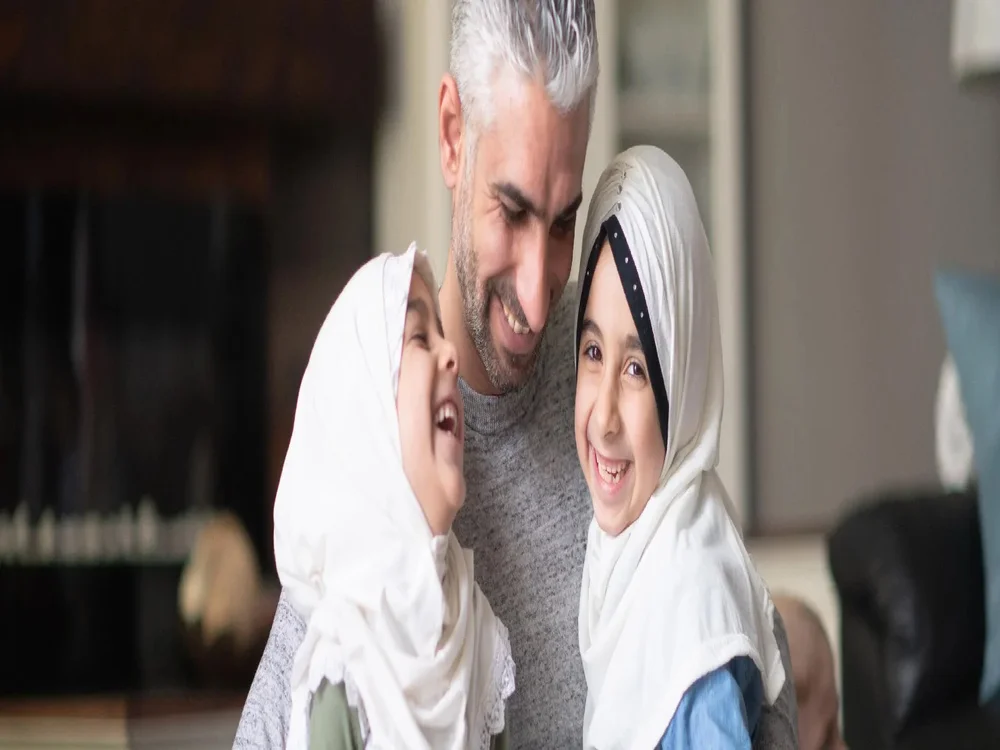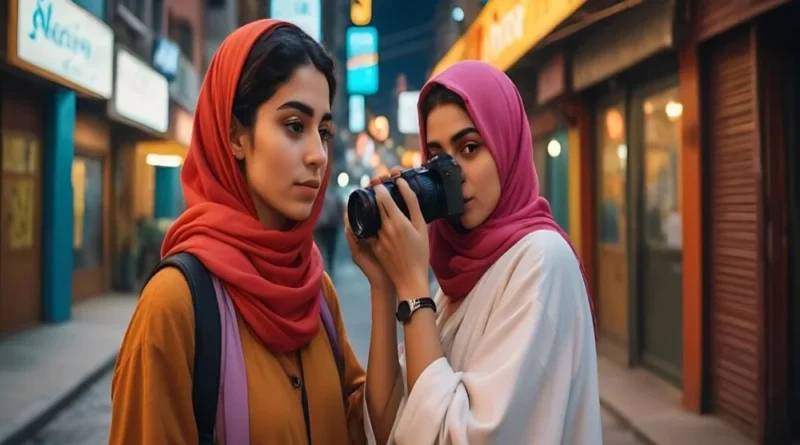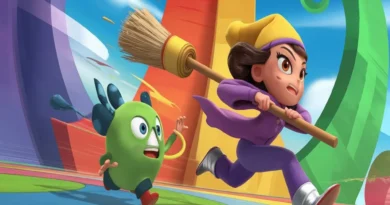Hijabhoojup: Top 10 Surprising Facts Revealed
The world of fashion is constantly evolving, and with it, the traditional boundaries and styles that define cultures and personal identities. One such cultural garment that has captivated the attention of both fashion enthusiasts and cultural scholars is the “Hijabhoojup.” While you may not have heard of it before, Hijabhoojup is emerging as a cultural phenomenon that combines tradition with modernity in a strikingly unique way. This article will dive into the top 10 surprising facts about Hijabhoojup and explore why it is quickly gaining attention worldwide.
1. What Is Hijabhoojup?
Hijabhoojup is a contemporary fusion of the traditional hijab and modern fashion aesthetics. Unlike the standard hijab, which is primarily a headscarf worn by Muslim women for modesty, Hijabhoojup incorporates design elements that mix cultural modesty with chic, modern styling. It is not merely a fashion accessory but a lifestyle statement, reflecting personal values, identity, and creativity.
2. Cultural Hybridization at Its Core
The term “Hijabhoojup” represents a blend of two different cultural traditions: the hijab from Islamic modesty culture and “Hoojup,” which draws from African and Asian draping techniques. This fusion showcases a marriage of styles across continents, symbolizing the global interconnectedness of fashion and culture.
3. Flexible Modesty
One of the key differences between the Hijabhoojup and the traditional hijab is its flexibility. The Hijabhoojup can be worn in multiple styles and configurations, allowing for various degrees of modesty depending on personal preference or cultural setting. This flexibility makes it highly adaptable for both casual and formal occasions.
4. Popular Among Non-Muslim Fashionistas
Interestingly, Hijabhoojup has become popular not only among Muslim women but also non-Muslim fashionistas who appreciate its aesthetic and versatility. For some, it serves as a modest fashion statement, while for others, it offers a unique way to experiment with drapery and layering. Its appeal transcends religious boundaries, making it a universal fashion piece.
5. Eco-Friendly Fabrics
Sustainability is at the forefront of Hijabhoojup production. Many designers who specialize in crafting these garments use eco-friendly fabrics, such as organic cotton, bamboo fibers, and recycled materials. This commitment to sustainable fashion has further increased its appeal, especially among environmentally conscious consumers.

Also Read:Uncuymaza: 7 Secrets You Need to Know Now!
6. Celebrity Endorsements
Several high-profile celebrities and influencers have endorsed Hijabhoojup, propelling it further into the spotlight. From international runway models to social media influencers, the garment has garnered a following among those who appreciate its mix of style, comfort, and cultural significance. Celebrity endorsements have accelerated its mainstream acceptance, particularly in fashion-forward cities.
7. Symbol of Empowerment
Many women who wear Hijabhoojup see it as more than just a fashion piece; it’s a symbol of empowerment. The garment allows women to reclaim their cultural identity while participating in modern fashion. Hijabhoojup bridges the gap between tradition and contemporary style, allowing women to express themselves without compromising on their values.
8. Customization Options
Another surprising fact about Hijabhoojup is the wide variety of customization options available. Designers often provide bespoke services, allowing customers to select specific colors, patterns, and fabrics to suit their individual tastes. This customization further enhances its appeal as a garment that can be tailored to personal identity and style.
9. Global Fashion Movement
What began as a niche garment in specific regions has now become a global fashion movement. The rise of the Hijabhoojup has been facilitated by social media platforms like Instagram and TikTok, where users share tutorials on how to style the garment in innovative ways. The cross-cultural adoption of Hijabhoojup signifies its role in shaping the future of modest fashion worldwide.
10. Challenges and Controversies
Despite its growing popularity, Hijabhoojup has also faced some challenges and controversies. Some critics argue that it dilutes the original religious purpose of the hijab, while others feel that it’s being commodified by fast fashion. However, proponents argue that it promotes inclusivity, allowing women of all backgrounds to engage with modest fashion in a way that is both personal and empowering.
Conclusion
Hijabhoojup represents a unique intersection of tradition and innovation, offering a fresh take on modest fashion for women around the world. From its eco-friendly materials to its cross-cultural appeal, Hijabhoojup has surprised many with its versatility, symbolism, and fashion-forward sensibility. Whether as a symbol of empowerment or a simple fashion statement, the Hijabhoojup is here to stay, reflecting the evolving nature of global style.
FAQs About Hijabhoojup
Q1: What is Hijabhoojup?
Hijabhoojup is a fusion of the traditional hijab and modern fashion aesthetics, blending cultural modesty with stylish designs.
Q2: Is Hijabhoojup only for Muslim women?
No, Hijabhoojup has gained popularity among non-Muslim fashion enthusiasts as well, due to its aesthetic appeal and versatility.
Q3: Can Hijabhoojup be customized?
Yes, many designers offer customization options for Hijabhoojup, allowing individuals to select fabrics, colors, and patterns.
Q4: What makes Hijabhoojup eco-friendly?
Hijabhoojup is often made from sustainable materials like organic cotton, bamboo, and recycled fabrics, promoting eco-conscious fashion.
Q5: Why is Hijabhoojup considered empowering?
It allows women to express their cultural identity and personal style without compromising modesty, making it a symbol of empowerment.




